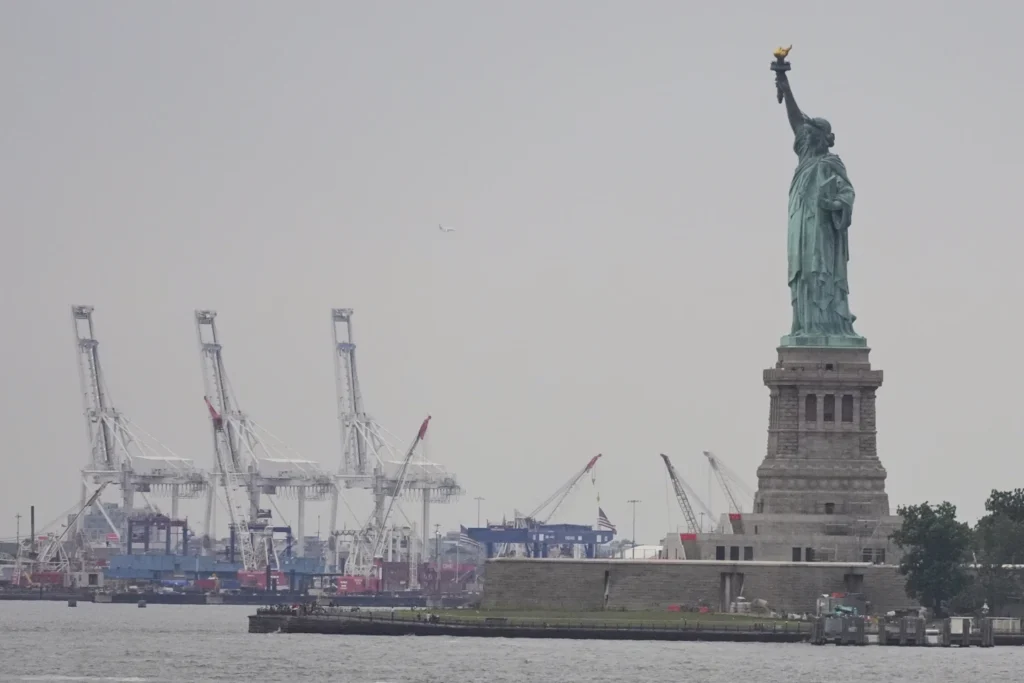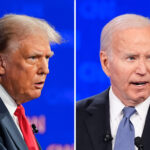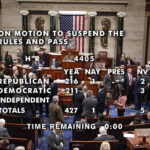Trump’s New Tariffs Take Effect Amid Brewing Economic Strain/ Newslooks WASHINGTON/ J. Mansour/ Morning Edition/ President Trump implemented sweeping new tariffs on dozens of countries—hitting up to 50% on some imports—just as signs of economic strain emerge, with slowing hiring, inflation pressures, and slumping home values. Businesses and experts warn that higher tariffs are slowing growth and eroding real wages. Global markets appear resilient, but uncertainty mounts about long-term impacts.
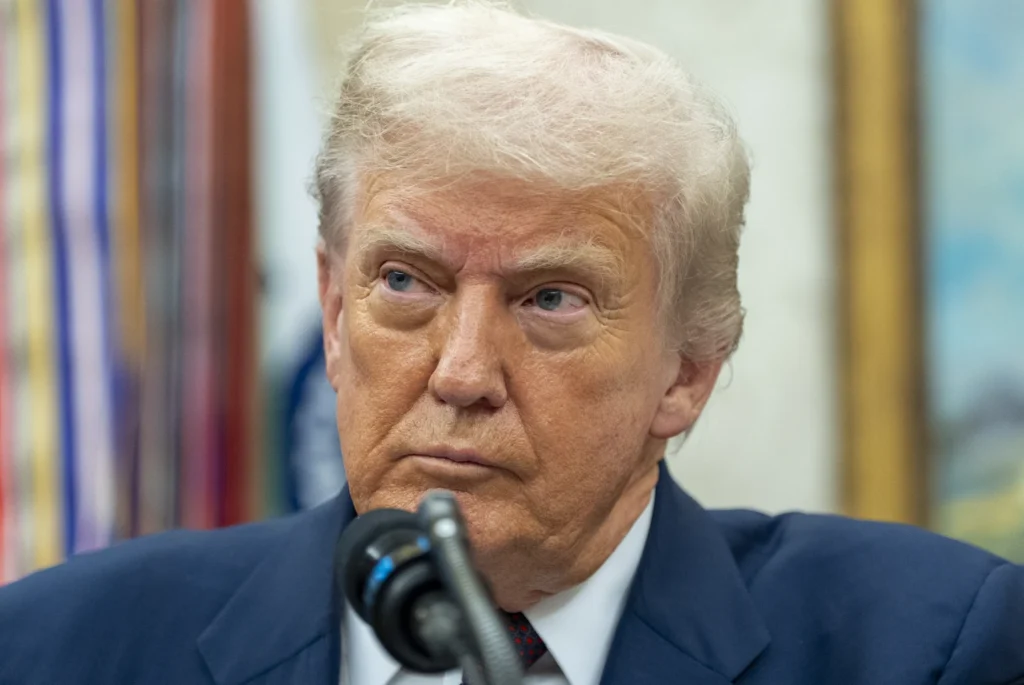
Key Highlights: Tariffs and Economic Impact
- Tariffs activate on goods from over 60 countries and the EU early Thursday; EU, Japan, and South Korea face 15%, while Taiwan, Vietnam, and Bangladesh see 20%.
- Trump projects unprecedented growth from tariff revenue, though no firm numbers have been released.
- Initial fallout includes stalled hiring, rising prices, and weakened home values, signaling economic drag.
- Experts caution tariffs are “fine sand in the gears” that will gradually slow growth.
- The first-half U.S. trade deficit climbed 38%, nearing record levels, partly due to import rush ahead of tariff imposition.
- Global ripple effects: Germany’s industrial output dipped 1.9% in June amid trade friction.
- India faces fallout: tariffs now at 50% affecting 55% of exports, forcing exporters to re-evaluate.
- Switzerland failed to avert steep U.S. tariffs despite urgent diplomatic visits.
- Trump also announced 100% tariffs on computer chips, exempting domestically made ones.
- Legal challenges loom amid claims these tariffs are arbitrary.
- Despite concerns, financial markets have remained stable, buoyed by tax cuts and bullish investor sentiment.
- Cautionary voices warn that markets may be numb, but real economic pain could surface slowly.
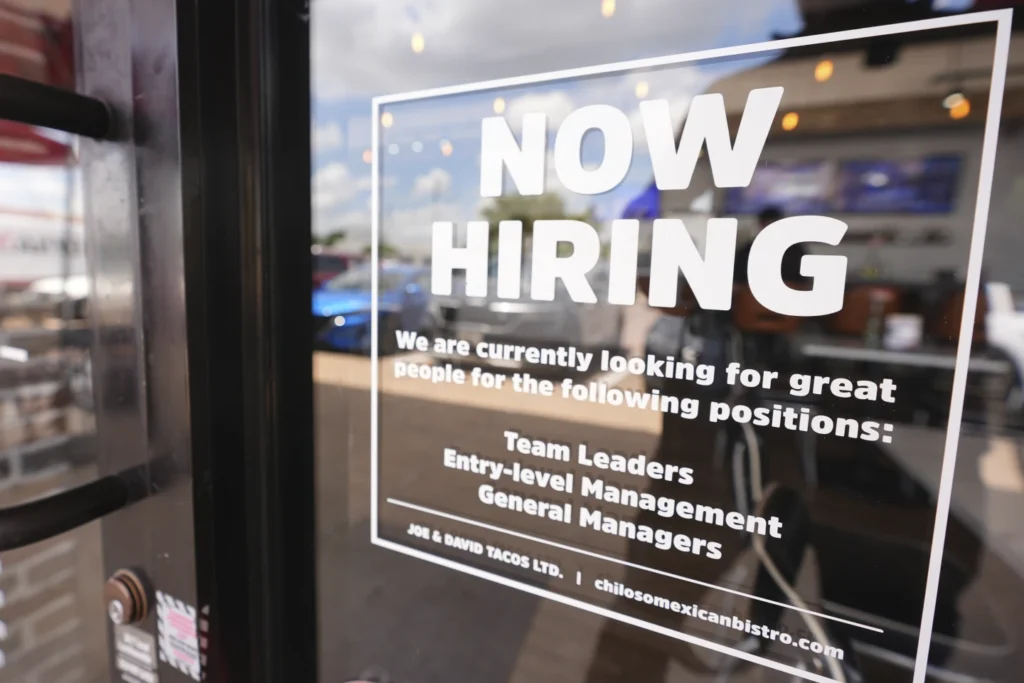
Trump’s New Tariffs Take Effect Amid Brewing Economic Strain
Deep Look
President Trump’s latest wave of tariffs officially took effect Thursday, targeting imports from more than 60 countries with taxes ranging from 10% to 20%, and 15% on goods from the EU, Japan, and South Korea. These tariffs are part of Trump’s broader reshoring strategy aimed at strengthening U.S. manufacturing and trade balances.
But the economic undercurrents are already shifting. John Silvia, CEO of Dynamic Economic Strategy, warned, “A less productive economy requires fewer workers,” noting tariffs reduce real wages and productivity.
Similarly, Brad Jensen, a Georgetown economics professor, cautioned that the tariffs’ effect is insidious: “It’s going to be fine sand in the gears and slow things down.”
Record trade deficits are further undermining Trump’s aims. Despite the tariffs, the U.S. trade deficit rose 38% in the first half of 2025 compared to 2024, as businesses rushed imports before the new duties took hold. Construction spending is also down nearly 3% year-over-year.
International fallout continues. Germany’s industrial output dropped nearly 2% in June, and India is grappling with 50% tariffs on more than half its U.S. exports. The Swiss government’s last-minute trip to Washington failed to prevent steep tariffs on its goods, underscoring rising diplomatic tensions.
A particularly aggressive move: 100% tariffs on foreign computer chips, though U.S.-made chips are exempt. Critics say these trade actions are politically driven and risky. Former Speaker Paul Ryan criticized the orders as “based upon his whims,” and Trump himself warned of legal overreach from the courts.
Still, markets remain bullish: the S&P 500 is up over 25% from April lows, and global shares are generally rising. Yet analysts like Carsten Brzeski of ING caution that while markets remain unfazed now, the real economic cost may only emerge later.
For many Americans facing higher costs and job uncertainty, Trump’s optimistic rhetoric rings hollow. As Rachel West from The Century Foundation put it:
“There’s one person who can afford to be cavalier about the uncertainty… The rest of Americans are already paying the price for that uncertainty.”

